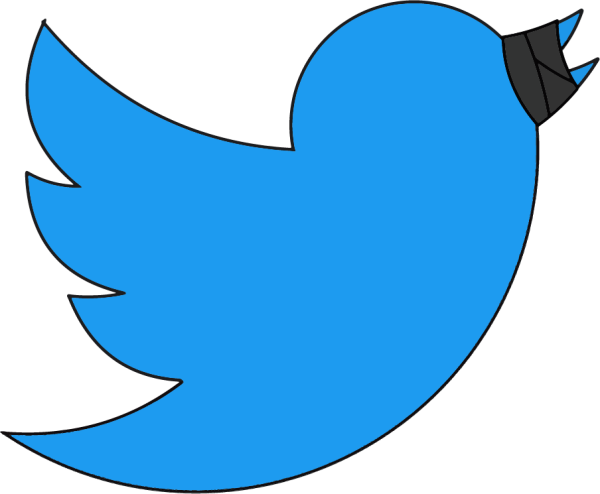Blocks to Barbies
April 14, 2021
Our generation is the first where smart technology is a day to day part of our lives. Kindergarteners know how to use Zoom and BLEND, and children are getting phones in elementary school. Surveys have shown that the average age for a child to get a phone is 10 years old. Millions of young teenagers spend time online without parental supervision. As a result, marketers are gearing increasingly more ads towards kids. Broadcasting media have codes restricting advertising towards kids to an extent, but the internet is largely unregulated in this sense. As teenagers become the target audience of many advertisements, companies must consider the implications of advertising to this impressionable group.
Most products used to be advertised through ads both on billboards and the radio — places where adults would see them. But now, it has become common for brands to advertise through content creators and on social media platforms which are more popular among teenagers.
A new form of advertising called influencer marketing has become increasingly popular. Influencer marketing is an outreach tactic in which a company partners with an influential person in their industry to shape consumer behavior. The individual is trusted by the company’s target market and, therefore, can influence shoppers to consider, engage with and use a business’s product or service.
According to the Guardian, teenage minds are more impressionable. And while this is of great benefit to companies, it can be greatly detrimental to teens. It fosters the idea that in order to be happy, a teen needs the skin serum their favorite influencer is advertising, for example. For adults, this has a lesser impact, but in teens, it can promote unrealistic beauty standards.
According to a report by the University of Nebraska, 44% of teenage girls feel “ugly and unattractive.” This same study showed that young women who browse advertisements in beauty magazines eat less to attain the displayed body type.
Many advertisers rely on this very concept to sell their product. They aim to make those watching their advertisement believe that there is something wrong with them and buy the product to fix it.
But to combat these ideals, many companies are taking to a different form of advertising — one that inspires confidence in those watching. In 2004, Dove launched its revolutionary “Dove Self-Esteem Project,” with the stated goal of helping the young girls watching to understand their worth. In the years since the project launched, the company’s sales have increased by a whopping $1.5 billion. In 2020, Olay followed in Dove’sfootsteps, pledging to stop retouching images in their advertisements.
While there has been an increase in popularity in realistic advertising, the marketing sector still has a long way to go. To reform the way that teenagers see themselves and create a mentally healthier society, companies must consider the implications of advertising to teenagers in our growing digital world. And with companies like Dove and Olay leading the way, others must begin to realize that not only will realistic advertising bolster the mental health of their audience, it will bolster their sales as well.







